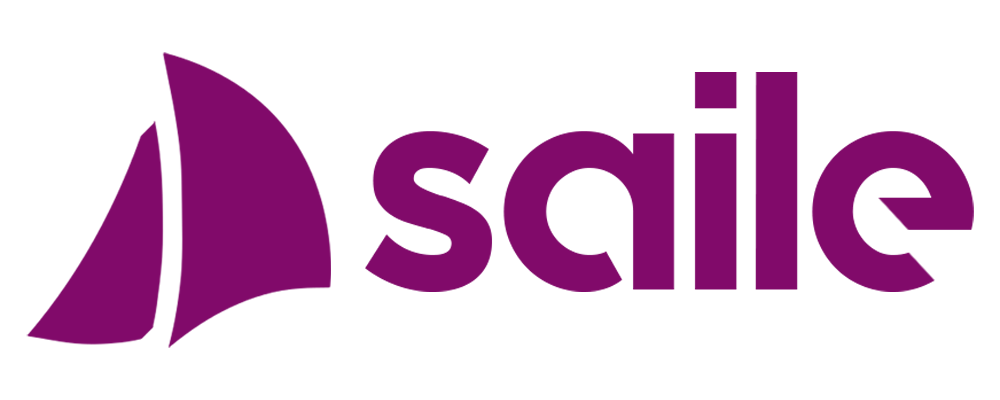A Document Management System (DMS) in education provides several significant benefits that can streamline operations, enhance collaboration, and improve overall efficiency for educational institutions. Here are the key advantages:
- Centralized Document Storage
A DMS allows all documents—such as course materials, student records, administrative paperwork, and faculty documents—to be stored in one centralized location. This makes it easier to access, organize, and retrieve information when needed, reducing the time spent searching for physical documents. - Improved Collaboration
Educational institutions involve various stakeholders—teachers, administrators, students, and parents. A DMS facilitates better collaboration by allowing authorized users to access, share, and collaborate on documents in real time. This is especially beneficial for group projects, curriculum planning, and faculty coordination. - Enhanced Security and Compliance
A DMS improves document security by restricting access to sensitive information. User permissions can be set to ensure that only authorized personnel can view, edit, or delete documents. Additionally, a DMS helps educational institutions maintain compliance with privacy regulations (such as FERPA in the U.S.) by ensuring proper document handling and secure storage of student information. - Streamlined Administrative Processes
Administrative tasks such as admissions, registration, grading, and scheduling can be streamlined using a DMS. It reduces the reliance on paper-based forms, which can be time-consuming and prone to errors. With automated workflows, documents are easily processed, reviewed, and approved, improving efficiency and reducing the administrative workload. - Reduced Paper Usage and Environmental Impact
By digitizing documents, educational institutions can significantly reduce paper usage. This not only cuts down on physical storage space and printing costs but also contributes to sustainability efforts by reducing paper waste and the carbon footprint of paper production. - Faster Document Retrieval
A DMS enables quick and easy retrieval of documents through search functionality, eliminating the time-consuming process of manually searching through physical files. This is particularly useful for finding past exam papers, student records, lesson plans, or other documents quickly. - Version Control and Document History
Version control features in a DMS allow educators and administrators to track changes made to documents over time. This ensures that the most recent version of a document is always available and that previous versions can be reviewed if necessary. This is particularly helpful for collaborative documents like syllabi, research papers, and policies. - Enhanced Student and Faculty Experience
Students and faculty can easily access course materials, assignment guidelines, grades, and feedback online. This enhances their experience by providing convenient access to important documents, fostering better communication, and encouraging engagement with course content. - Better Backup and Disaster Recovery
Physical documents are vulnerable to damage from disasters such as fires or floods. A DMS offers secure cloud storage, providing a reliable backup and ensuring that documents are not lost in the event of a disaster. Data can be restored quickly, ensuring business continuity for educational institutions. - Improved Workflow and Efficiency
A DMS helps automate routine tasks such as document routing for approvals, notifications, and reminders. This reduces administrative bottlenecks, allowing for faster processing of student applications, approvals for leave requests, report generation, and more. The result is a more efficient workflow for both faculty and staff. - Cost Savings
By reducing the need for physical storage, paper, printing, and postage, a DMS helps educational institutions cut operational costs. Furthermore, automating document-related tasks reduces the labor required to manage paperwork, leading to further savings in staff time and resources. - Access from Anywhere
Many DMS solutions are cloud-based, allowing authorized users to access documents remotely from any device with internet connectivity. This is especially beneficial for remote learning, staff working from home, or access to student records during off-hours, ensuring seamless communication and document access. - Audit Trails and Transparency
A DMS can track document activity, such as who accessed or edited a file, providing an audit trail for accountability and transparency. This is particularly important for compliance purposes, ensuring that all document activities are properly documented and easily traceable. - Easier Integration with Other Systems
A DMS can integrate with other educational systems, such as Learning Management Systems (LMS), student information systems (SIS), and financial management platforms. This creates a seamless flow of information and reduces data duplication, ensuring consistency and improving the accuracy of records. - Scalability
As educational institutions grow, their document management needs also evolve. A DMS is scalable, meaning it can handle increasing amounts of data and documents without compromising performance. This ensures that the system continues to meet the needs of the institution as it expands.
In summary, a Document Management System in education helps educational institutions increase efficiency, enhance collaboration, reduce costs, ensure compliance, and provide better services to students and staff. It enables smoother administration, better resource management, and improved accessibility to information, all of which contribute to a more streamlined and effective educational environment.





